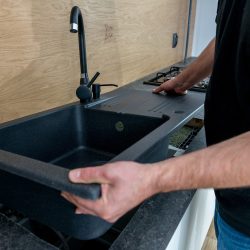Planning out a kitchen design can feel endless when you don't have all the correct information. Is it time to focus on the electricity throughout your space, and you're not sure how many GFCI outlets need to be in your kitchen?
Well, we've done extensive research into this topic and have the answers below. Let's discuss!
In general, you're required to have any outlets near the countertops in a kitchen be GFCI. That means your outlets need GFCI protection if they are close to the sink, counter space, or any area that could come in contact with moisture.
Furthermore, some building codes require outlets within six feet of a kitchen sink to be GFCI, so do some research beforehand.
As we begin, we will cover all things GFCI outlets and discuss how many you need in your kitchen. Whether you're remodeling, building, or need inspiration, we're here to assist. With that said, let's dive right into these questions and more below!
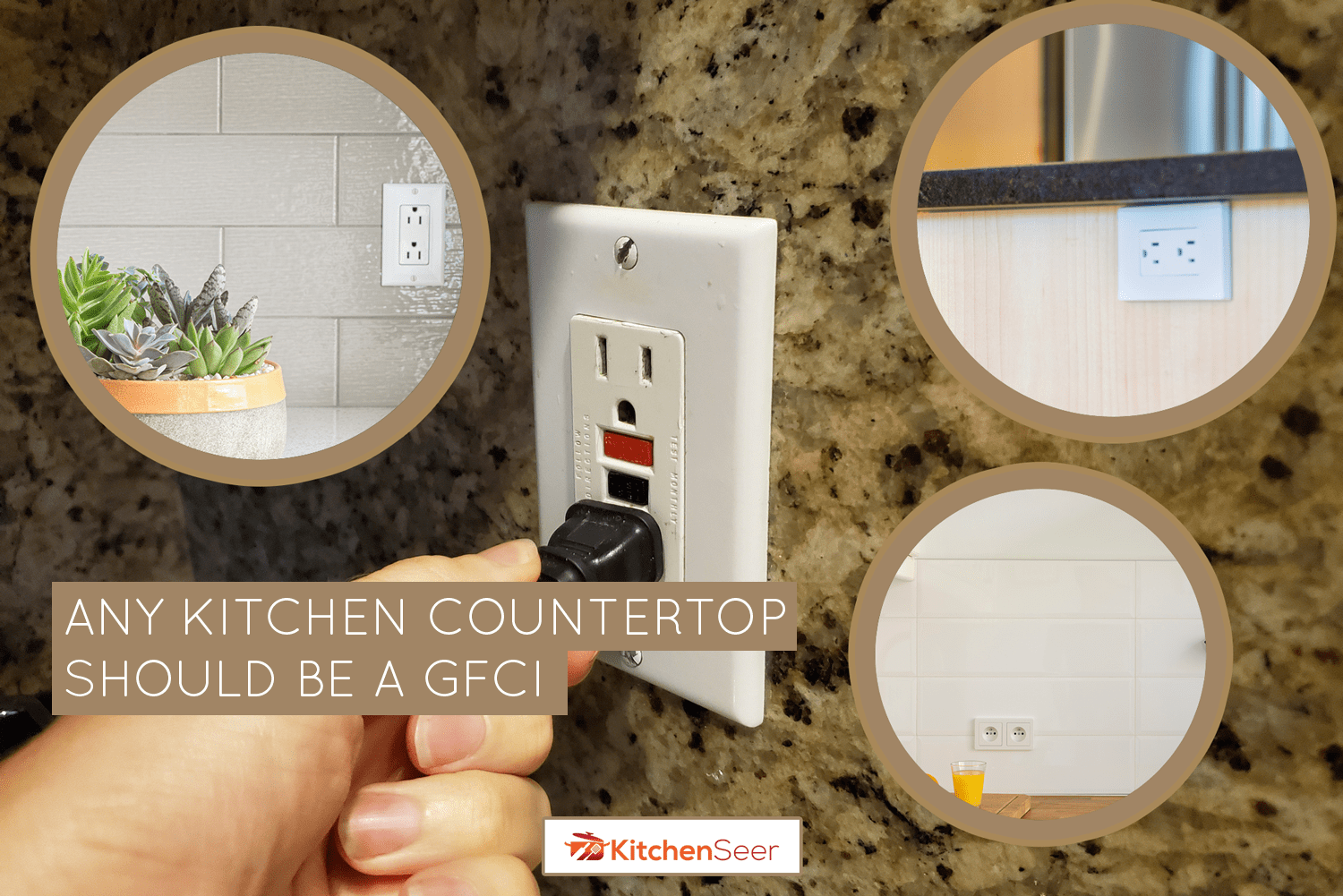
What Is A GFCI Outlet?
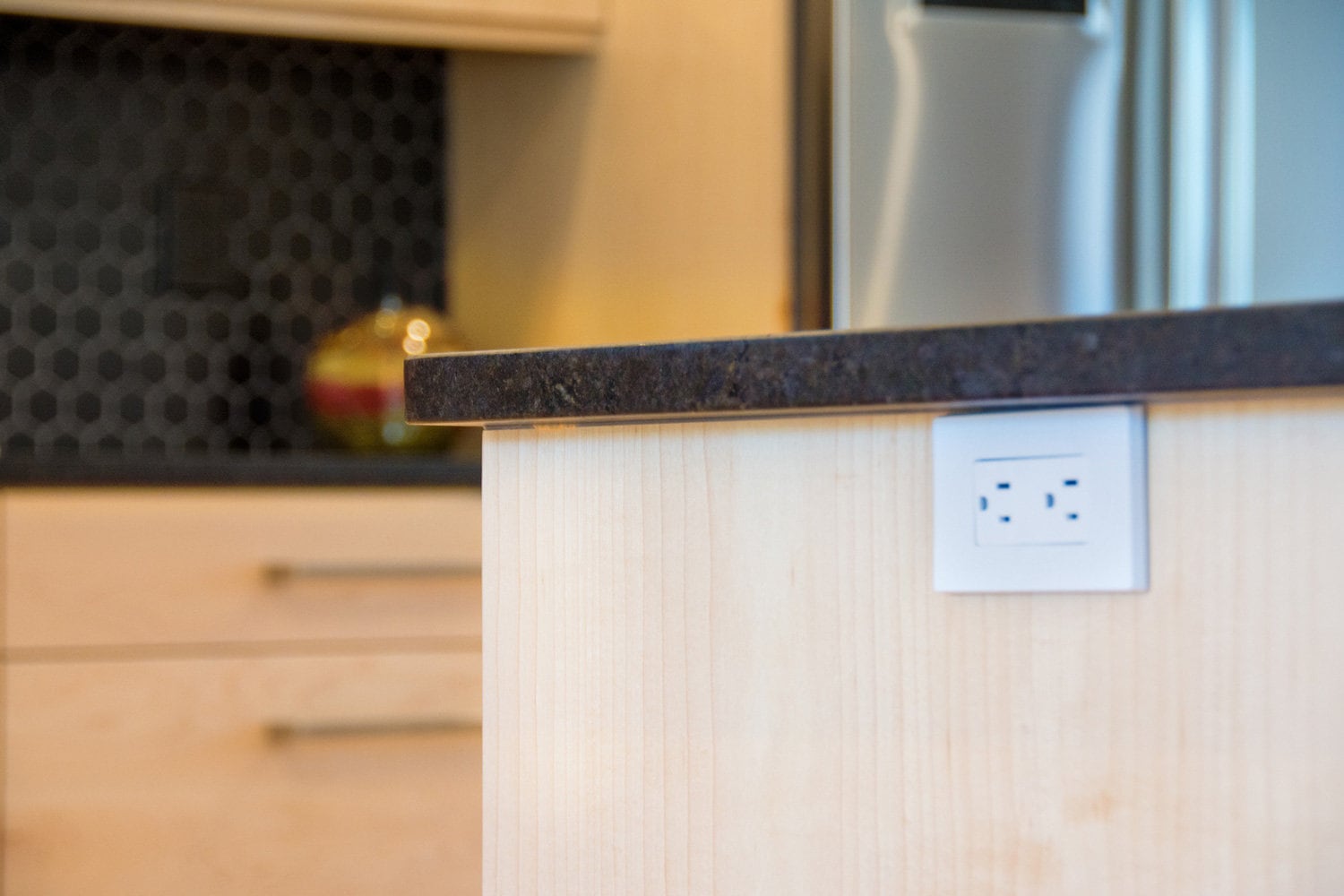
A ground fault circuit interrupter, or a GFCI, is a fast-acting circuit breaker designed to shut off electric power in the event of a ground fault. That means if there is a surge of electricity within the wiring, your GFCI outlet can shut off.
This can prevent kitchen appliances and anything connected to your outlet from becoming damaged.
Furthermore, GFCI outlets have an extra layer of protection, which can help prevent electrical fires, which is always a good thing to have.
You generally want to install GFCI outlets anywhere you plan on keeping things plugged in. Moreover, you may want to have these be anywhere near potential hazards, like moisture.
As we mentioned earlier, some building codes require any outlets within six feet from a sink to be GFCI, so that's a guideline to consider.
Depending on the size and layout of your kitchen, that could mean all your outlets need to be GFCI, so it can't hurt to purchase a bundle of them.
Again, this will be different for everyone, but generally, having your outlets be GFCI protected is better.
Do The Outlets In My Kitchen Have To Be GFCI?
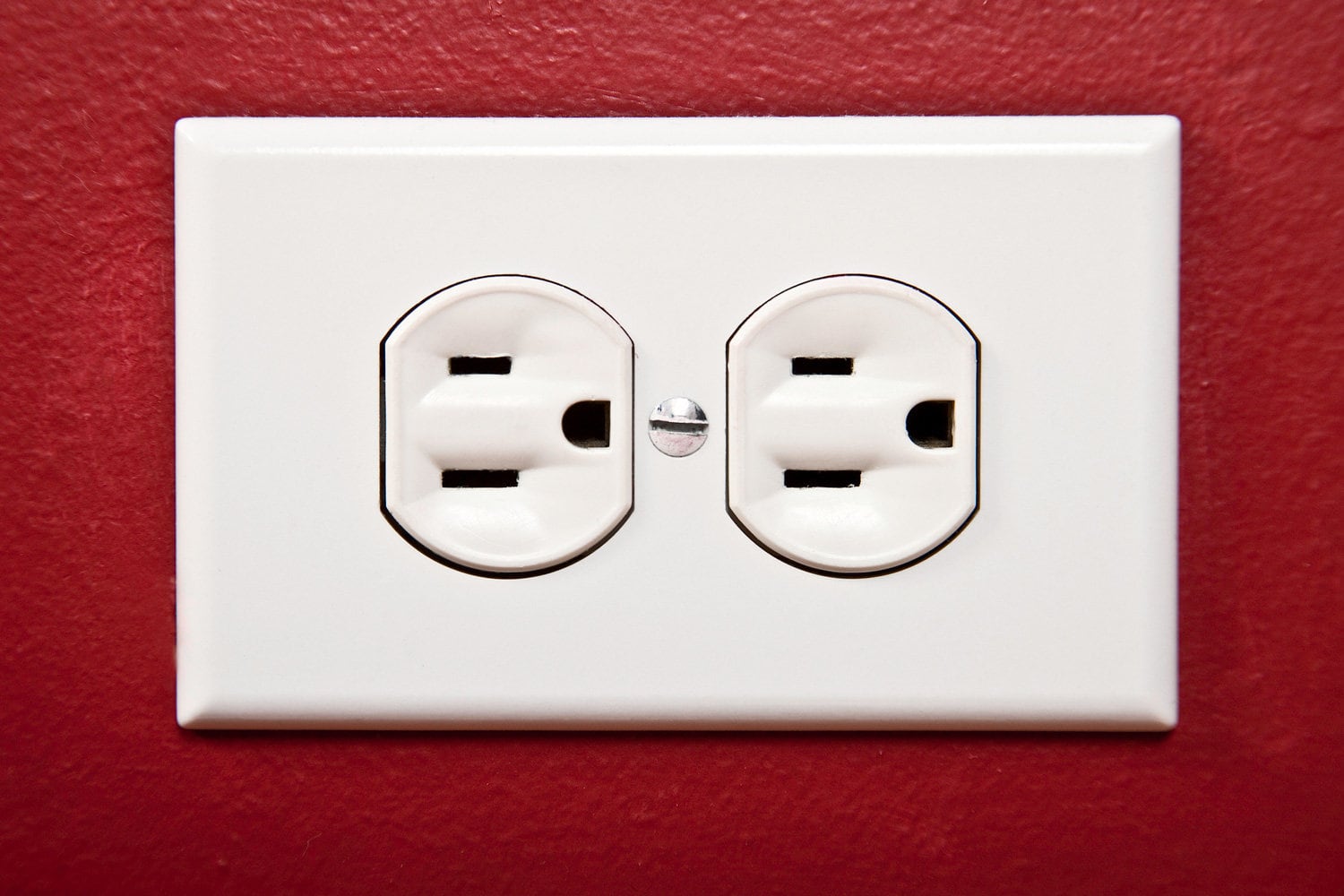
No. Not all of the outlets within a kitchen technically need to be GFCI. As we covered, this is mainly a priority for outlets near major appliances and sources of water.
The kitchen countertops tend to be where you should have GFCI. Remember, most cooking will happen on the counters in your space, which means those outlets need to be able to handle your various appliances and gadgets.
For example, if you have a non-GFCI outlet and plug in a blender, it's not protected against electricity surges. Not only can these surges become dangerous to you, but they can even break appliances.
During a power surge, the outlets throughout your home aren't always able to control the level of electricity coming through them.
That can be detrimental for expensive things like refrigerators, coffee makers, etc.
According to My Electric Works, you want to have any outlets within six feet of a sink be GFCI protected. Figuring that most kitchen sinks are on the counter makes planning your outlets easy.
The more GFCI protection a kitchen has, the less chance of something going wrong if a surge happens.
Are GFCI Outlets Waterproof?
No. Like any electrical outlet, GFCI ones aren't entirely waterproof. With that said, a GFCI outlet has a better chance of remaining usable and safe in moist conditions.
As we mentioned earlier, GFCI outlets have a more durable design. That includes their ability to handle higher levels of water in the air, which is essential for a kitchen.
According to HomElectrical, GFCIs are required by code (2008) for all use in damp or wet areas. That can be near a pool, a garage, a deck/porch, and you guessed it: near sinks in the kitchen.
Furthermore, these outlets work against corrosion, withstand extreme cold, and can handle damp environments.
Of course, your kitchen should not be damp, but the areas near a sink or moisture-producing appliance will have higher water levels than usual.
However, if your GFCI outlet becomes wet, it's best to let it dry. Even though it can withstand more than a regular outlet, you don't want to risk your safety or the appliance you want to use.
If the water damage is severe, you may even want to have an electrician check out your GFCI outlet to ensure the wiring inside is not at risk.
What Happens If I Don't Install Any GFCI Outlets In My Kitchen?
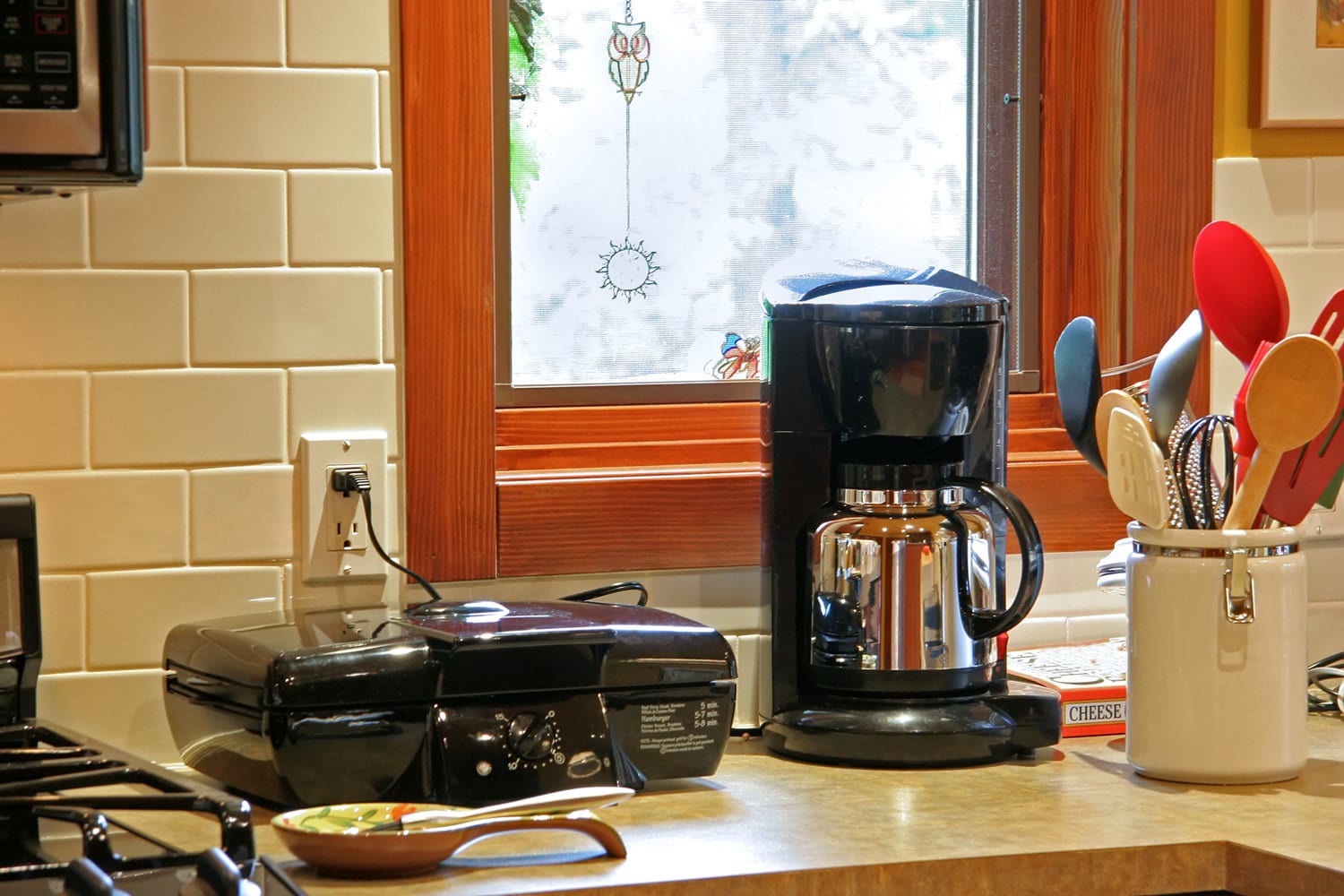
If you decide to bypass local/state building codes and not install GFCIs where they should go, this can pose a significant safety risk to you and your housemates.
Besides being incredibly unsafe, not having the proper outlet protection near your counters/sink will cost you long-term.
As we mentioned, GFCI outlets will shut off during a power surge. A regular outlet without that added protection will not.
That means if your refrigerator is plugged into a standard, non-GFCI outlet and a power surge occurs, it could break. Additionally, if your standard outlet becomes wet and you try to use it, it could destroy your appliance and cause a fire.
Electrical fires happen more than you'd think, so skipping the extra GFCI protection for your kitchen outlets is essentially welcoming that risk into your house.
On top of that, if you live somewhere humid, not having your outlets be GFCI could mean more frequent repairs and damaged appliances/devices, so please install them.
Are GFCI Outlets Required In Older Homes?
No, unless your older home is being renovated and re-wired, GFCI outlets are not technically required. According to Pop Up Outlets, outlets with a TR and GFCI rating are the safest outlets you can install in your home if it's older.
Even if your space is historic or built a couple of decades ago, that doesn't mean safety protocol flies out the window. We recommend converting your current outlets to GFCI to remain safe.
Furthermore, replacing the old outlets in your home with new GFCI ones isn't that pricey. Angi quotes this job starting at around $210, so that expense isn't so much compared to the benefits.
Of course, this price can vary depending on your location, current market pricing, and the complexity of the refresh. For example, if your house has electrical damage, the professional must perform additional service on your outlet(s).
You also need to find a reputable company to do this, so even if someone quotes you a bit less, we recommend choosing a reliable, trusted person or brand.
How Much Does A GFCI Outlet Cost?
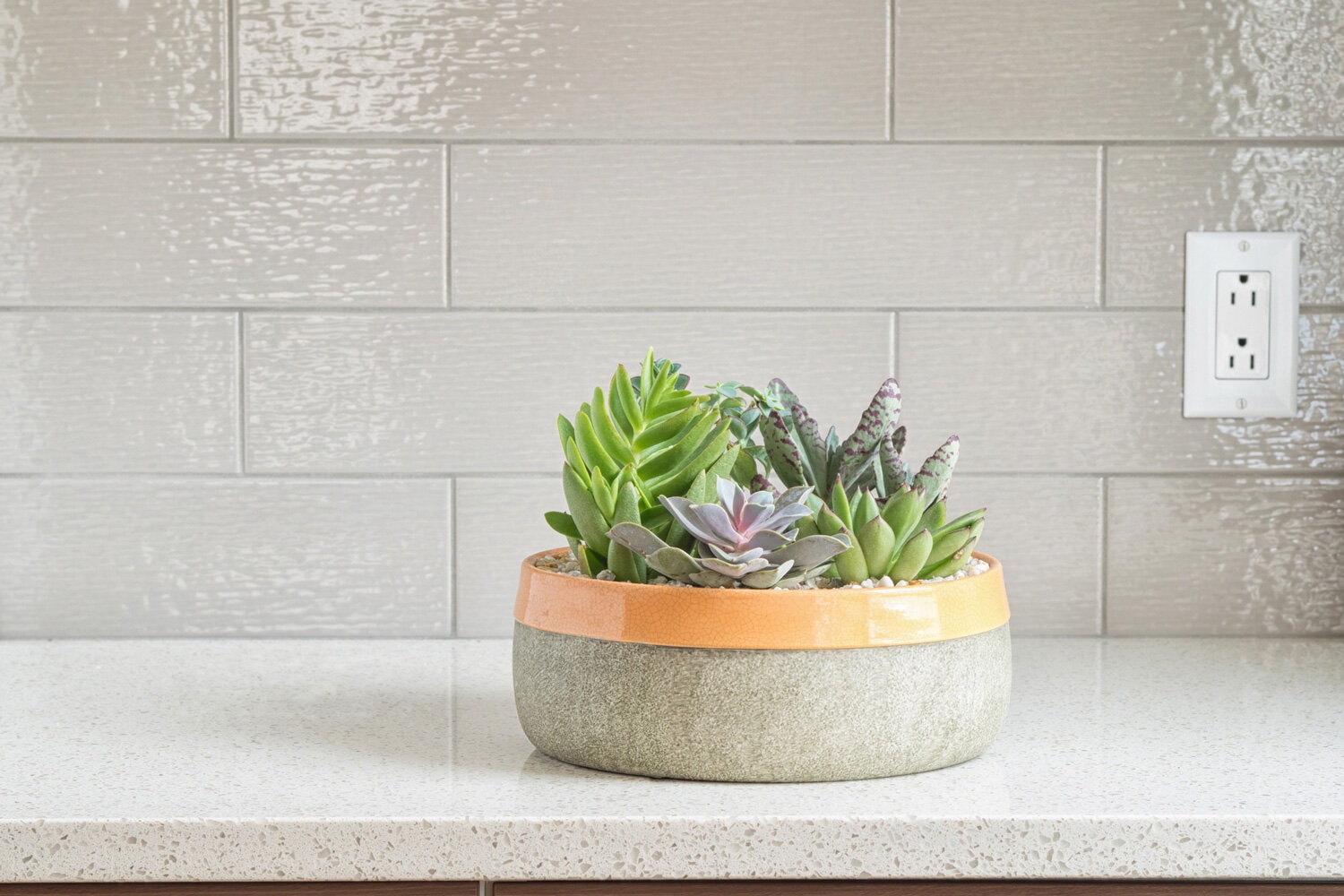
For those wanting to refresh their current kitchen outlets, expect to spend a few hundred dollars. Typically, it will be around $200-$300 to replace all of the outlets in a room for GFCI models.
That said, you may not need to do this for every outlet in your kitchen, as long as it's not within six feet of the sink. Also, a typical GFCI outlet is between $7 and $25 individually, so this isn't too bad.
Buying your outlets in bulk may also reduce your overall cost, so try a wholesale website/source when in doubt.
As we mentioned, the level of work needed to finish this refresh is where the most money will come from. Labor is always where homeowners spend the most cash during a renovation project, so make sure to factor that into your estimate.
However, having the peace of mind that your expensive kitchen appliances and gadgets won't break during a power surge may be reason enough to spend this extra money, so to each their own.
You can also usually negotiate the final price of this outlet renovation if you purchase your GFCIs through the same company, so don't be afraid to have that conversation.
Do You Need An Electrician To Install A GFCI Outlet?
If you are an expert in electrical outlets, we don't think you always need to have a professional install your GFCI. With that said, if you don't have a good grasp of the process, we believe an electrician is best.
Remember, electrical outlets can be tricky to install/replace, so you don't want to hurt yourself. Moreover, an electrician will know what to do if something seems off, which can save time and money later.
As we covered, the cost of labor can be steep. However, this price does come with a safety guarantee that the electrician will install your new GFCI outlet(s) correctly.
You also don't want to start messing with older wiring in your kitchen, as this can cause a power outage.
Is Having A GFCI Outlet In The Kitchen Worth It?
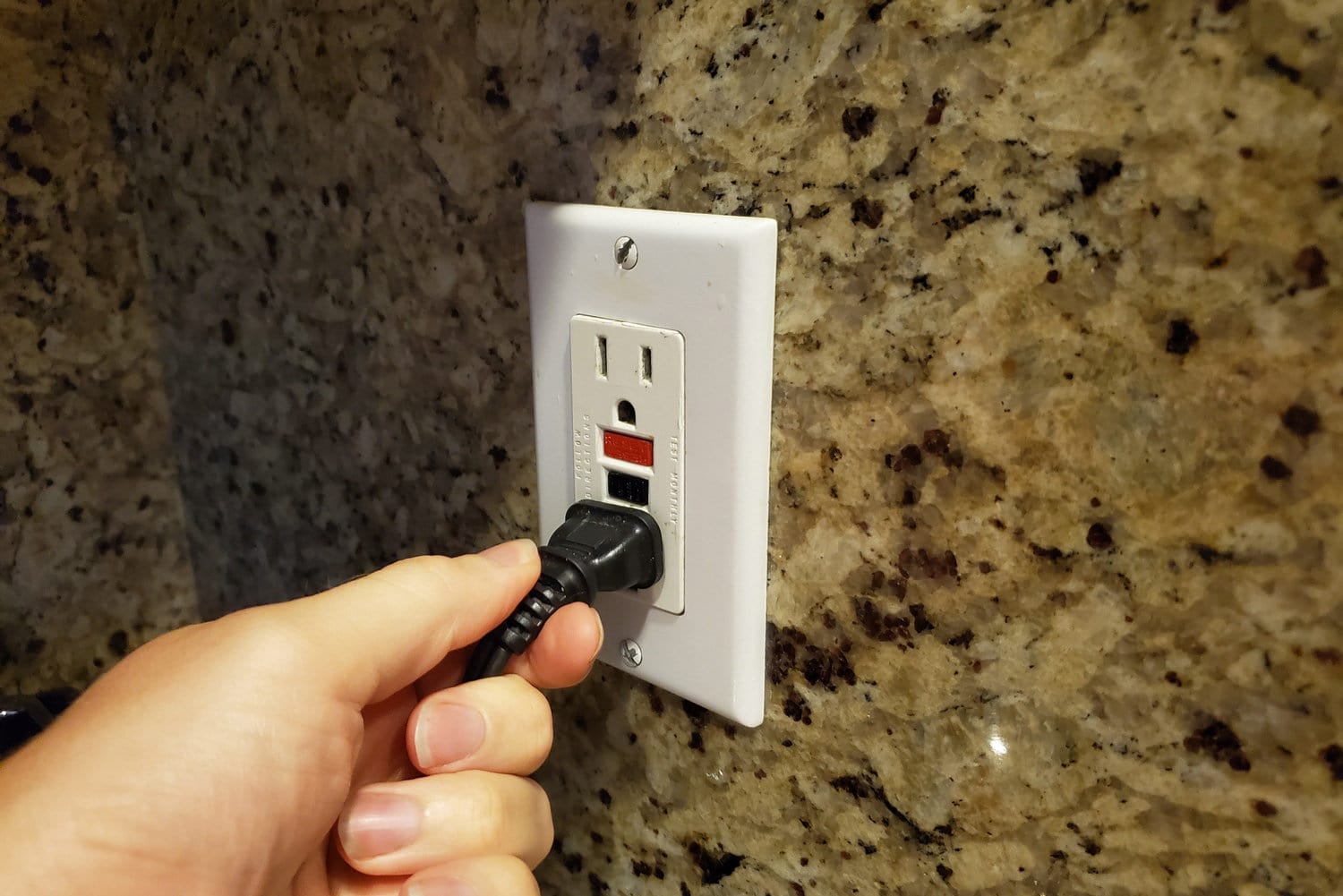
Overall, we agree that having a GFCI outlet in your kitchen is worth it. Besides being safer, GFCI outlets can handle moisture in the air, abrupt surges, and loss of power and shut off on their own to prevent fire.
Not only can that save larger, more pricey appliances, but it could save your entire house. Furthermore, replacing older outlets with safer GFCI versions won't usually cost more than a few hundred dollars, a fraction of a new fridge or entire kitchen.
To Finish It Up
Whether you need to replace the current outlets in your kitchen or are planning a new build, knowing whether GFCIs are required can be tricky. We found that you don't necessarily need to have all your kitchen outlets be GFCI.
However, you need to have an outlet within six feet of the sink/counter space be GFCI. Protecting your outlets will not only keep your appliances from becoming damaged but also prevent electrical fires.
Regardless, read the local building codes in your area before installing new outlets, and don't be afraid to shop around for a more affordable quote.
Made it to the end? Check out these helpful related kitchen posts below!
How High Should Kitchen Counter Outlets And Wall Switches Be?
Where To Put Outlets In A Waterfall Island
Does A Kitchen Island Need An Outlet?

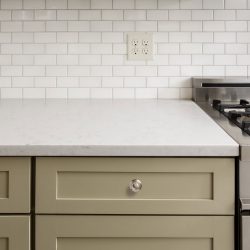

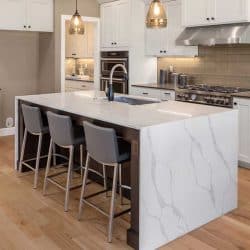
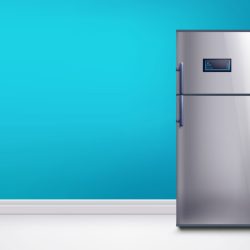
![Dishwasher, clean dishes and kitchen detail, How Many Amps Does A Dishwasher Use? [By Brand]](https://kitchenseer.com/wp-content/uploads/2020/12/Dishwasher-clean-dishes-and-kitchen-detail-250x250.jpg)
